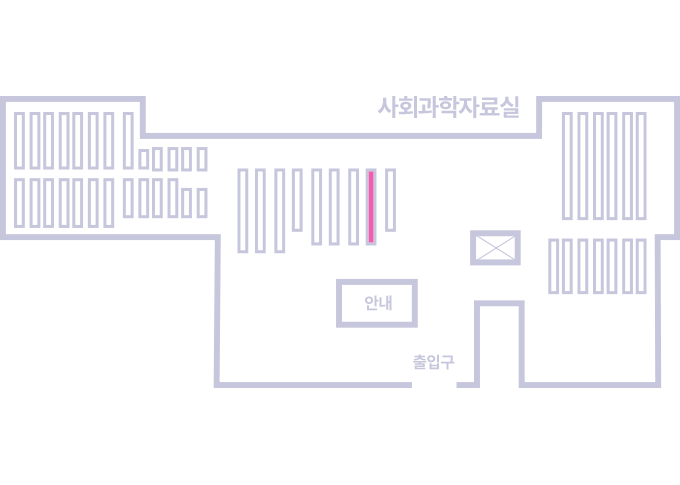권호기사보기
| 기사명 | 저자명 | 페이지 | 원문 | 기사목차 |
|---|
| 대표형(전거형, Authority) | 생물정보 | 이형(異形, Variant) | 소속 | 직위 | 직업 | 활동분야 | 주기 | 서지 | |
|---|---|---|---|---|---|---|---|---|---|
| 연구/단체명을 입력해주세요. | |||||||||
|
|
|
|
|
|
* 주제를 선택하시면 검색 상세로 이동합니다.
Title Page
Contents
List of abbreviations 8
Abstract 9
Ⅰ. INTRODUCTION 10
Ⅱ. MATERIALS AND METHODS 16
2.1. Animals 16
2.2. Experimental Groups 16
2.3. Behavior test 16
2.3.1. Novel object recognition 17
2.3.2. Social interaction test 20
2.3.3. Y-maze Test 22
2.3.4. Limb Clasping test 24
2.3.5. Blood pressure test 27
2.4. Mitochondria extraction and MitoCom I-IV assay 29
2.4.1. Mitochondria extraction 29
2.4.2. MitoCom I-IV activity assays 29
2.5. Quantification of ATPs in the cerebral cortices of mice brains 31
2.6. Enzyme assays 31
2.6.1. GST activity assay 31
2.6.2. AChE and BuChE activity assay 32
2.6.3. Total esterase activity assay 32
2.6.4. SOD activity assay 33
2.6.5. ROS activity assay 33
2.7. Measurement of Aβ42 and 40 33
2.8. Statistical analysis 34
Ⅲ. RESULTS 35
3.1. The similar object recognition memory of all tested mice 35
3.2. The HJ feeding group exhibited an upward trend in social novelty preference 38
3.3. The spatial working memory in an age-dependent manner in all mice groups 44
3.4. An upward trend in limb clasping phenotype was found in all groups 47
3.5. The improvement in hypertension disease in APOE-/- mice by supplementing HJ food[이미지참조] 49
3.6. Analysis of glucose, lactate, cholesterol, triglyceride (TG), HDL and LDL 55
3.7. The activities of mitochondrial complex I-IV recovered by supplementing HJ food 57
3.8. The improvement in ATP level in the cerebral cortex of mice brains 60
3.9. The supplement of HJ caused a dose-dependent increase of these enzyme activities in the Brain of APOE⁻/⁻ mice[이미지참조] 62
3.10. The supplementing HJ food can recover the level of Aβ 64
Ⅳ. DISCUSSION 66
Ⅴ. CONCLUSION AND OUTLOOK 73
REFERENCES 74
Abstract 82
Figure 1. The process of producing steamed and freeze-dried mature silkworm powder. 13
Figure 2. Schematic representation of novel object recognition assay. 19
Figure 3. The three-chamber test assesses cognition in the form of general sociability and social memory in mice models of CNS disorders. 21
Figure 4. Schematic representation of Y-maze spontaneous alternation test. 23
Figure 5. Altered hindlimb clasping behavior. 25
Figure 6. Set up of Coda system. 28
Figure 7. HJ food supplement did not show any influence on object recognition memory. 37
Figure 8. The percent of exploration time the testing mouse spent in a chamber containing stranger mouse during the general three-chamber sociability test. 40
Figure 9. The percentage of exploration time that testing mouse spent in a chamber containing novel mouse during the social memory task. 43
Figure 10. Spontaneous alternation comparisons by food and age for female mice model through 55 weeks in Y-maze task. 46
Figure 11. An upward trend in limb clasping phenotype was found in the female C57BL/6J and APOE-/- group.[이미지참조] 48
Figure 12. The reduction of SBP in APOE⁻/⁻ fed with HJ food was observed.[이미지참조] 51
Figure 13. DBP of C57BL/6J mice was always lower than APOE⁻/⁻.[이미지참조] 52
Figure 14. All female subjects appeared to have a gradually increasing weight. 53
Figure 15. MitoCom I was recovered in HJ APOE⁻/⁻ group.[이미지참조] 58
Figure 16. MitoCom II activities were substantially enhanced in the mice fed with HJ food. 58
Figure 17. MitoCom III was significantly enhanced in HJ APOE⁻/⁻ group.[이미지참조] 59
Figure 18. MitoCom IV activities were enormously enhanced. 59
Figure 19. All groups feeding with HJ food showed the superior recovery of ATP amounts 61
Figure 20. Similar trend in all enzyme activities. 63
Figure 21. The Aβ 40 and 42 containing in hippocampus brain of mice. 65
*표시는 필수 입력사항입니다.
| 전화번호 |
|---|
| 기사명 | 저자명 | 페이지 | 원문 | 기사목차 |
|---|
| 번호 | 발행일자 | 권호명 | 제본정보 | 자료실 | 원문 | 신청 페이지 |
|---|
도서위치안내: / 서가번호:

우편복사 목록담기를 완료하였습니다.
*표시는 필수 입력사항입니다.
저장 되었습니다.